When it comes to footwear, it sometimes seems like there are endless names for different kinds of shoes, yet there's very little to tell us exactly what's different about them.
You might find shoes like trainers, sneakers, joggers, athletic shoes, tennis shoes, street shoes, and skating shoes all in the same section of a store. While some of these shoe types have distinct differences, some have less obvious distinctions.
In fact, there is often a misunderstanding about what’s considered trainers and what’s considered sneakers. Today, we're here to help you differentiate between trainers and sneakers. We'll also lay out the most significant features of each kind of shoe.
Let's kick things off!
What are the differences between trainers and sneakers?
In a strictly technical sense, the words "trainer" and "sneaker" mean the same thing. They are similar shoes with flexible soles. However, the context that each word is used in has some nuance, and that's where it’s essential to differentiate the two.
We should point out that this context can change depending on where you are located. In the United States, “sneakers” is the more common term, while in other English-speaking countries, such as Britain and Australia, “trainers” is more common. With that said, the term "trainers" is still used at times in the US to refer to a specific kind of sneaker.
What are sneakers?
In the US, "sneakers" is a broader term than trainers used to describe all kinds of flexible shoes.
This is because, in the 1800s, sneakers were seen as a revolutionary new type of shoe. Compared to other footwear of the time, they were surprisingly quiet, a quality attributed to their soft, flexible soles. In these shoes, a person could sneak around, hence the name—sneakers.
Today, we don't always think of sneakers as being quiet shoes. If you've ever worn a pair of sneakers, you've heard their unmistakable scuffing sound on certain floors, particularly basketball courts and smooth gym floors.
Most sneakers today are versatile. From casual styles to athleisure footwear or even some skating shoes, sneakers cover a lot of bases. However, they are almost never formal. For more formal styles, leather uppers are typically required, while sneakers use synthetic materials in most cases.
What are trainers?
Trainers aren't entirely different from sneakers, and some people use the terms to mean the same thing. However, a key difference is that trainers are more specific to one specific type of athletic activity.
For instance, shoes for running, bouldering, weightlifting, or another specific sport might be called trainers as opposed to sneakers. This makes sense since they are specifically designed for athletic training. Meanwhile, sneakers are a more general-use type of shoe, even if they have a few features that make them suitable from time to time, more active activities.
Like sneakers, trainers should have flexible soles and are almost always made from synthetic materials. Their specialized designs might involve different features, especially in the outsole, insole, or upper.
Should I buy sneakers or trainers?
Ultimately, the differences between these two kinds of shoes aren't astronomical. If you're shopping for shoes for a specific activity, such as running or playing a sport, you should choose specialized trainers, as sneakers may not match your needs as well.
While you can wear trainers casually, they are a specialized piece of equipment. If you purchased trainers for a specific sport, using them to walk around town or for a stroll in the woods may cause additional wear on them.
Otherwise, when it comes to choosing a shoe, focus on the core features that make or break any great pair of shoes. Not sure what those features are? Let's go over the most vital ones.
1. Comfort
It may seem obvious, but any shoe, for any occasion, needs to be comfortable. Comfort isn't just for lounging around the house or easy evenings out on the town. Even for high-intensity athletic activities, your shoes should be comfortable. In fact, comfort is even more important for such uses.
Though exercise can inherently bring some amount of discomfort, minimizing or cutting out this discomfort can help you stay focused, motivated, and energized for longer.
Think about it! Running a few miles comfortably is going to be exponentially easier than running the same distance in shoes that hurt your feet. In fact, if your shoes hurt enough, you may not even be able to continue.
This is true for both sneakers and trainers. Since trainers are specialized for athletic uses, it's essential that they are built to be comfortable for that specific activity, but they should also have general comfort features. Sneakers, on the other hand, should have top-notch general comfort features to be ready for all kinds of everyday situations.
So what are the exact features that shoes need to be comfortable for?
Flexibility
Flexibility is an essential part of a well-fitted shoe. It allows your foot to move any way it needs to without feeling confined or restricted.
Our Madrid Eco-Knit sneakers have a liberating 4-way stretch mesh made from 100% recycled plastic bottles, so they can stretch and flex with your foot for easy movement.
Perfect fit
You can also shop for shoes with extra room in certain areas if you find your foot feels cramped in normal sizes. A design like that of our Lima shoe offers extra toe room for those who need it. If you need a bit more room in other places, wide shoes might feel more comfortable for you and could be just the change you need.
Breathability
A breathable upper material also helps your body thermoregulate, which is how you naturally maintain your body temperature. This is especially important for those with an active lifestyle.
Soles
You should always look for comfortable insoles and outsoles, too. Having a soft insole to cushion the bottom of your foot, plus a responsive outsole, such as our Rabbit Foam™ outsoles, to handle hard surfaces and uneven terrain, is invaluable whether you're going for a simple walk or taking on a hard workout.
2. Versatility
Versatility is more important when it comes to sneakers as they need to serve a large variety of purposes. Sneakers are designed for everyday use in diverse situations, which means versatility is one of their main features. A good pair of sneakers should be easy to style with a diverse range of aesthetics, from athleisure to street style and ultra-casual to semi-formal.
Practical versatility comes down to a combination of the comfort features we've already covered, plus overall convenience.
A big part of versatility is also durability. Sneakers are built to be lived in and need high-quality materials and design to match so they hold up to whatever challenges come your way.
3. Convenience
Convenience is another trademark of sneakers that's a little less important for trainers.
Since trainers aren't necessarily designed for everyday use, you can afford a little less convenience on the specific occasions you need them.
Sneakers, however, need to be easy to use in everyday scenarios ranging from your morning commute to work to a nice evening at home and everything in between.
For many people, modern-day life is fast-paced and always on the go. Every bit of time we can keep for ourselves is immensely valuable, so shoes that don't take away that time are a welcome addition to our wardrobe.
Here at Kizik, our HandsFree Labs® technology is leading the way in convenient footwear. Simply step in or out with ease; no need to worry about tying and untying your shoes or bending down to get your hands dirty and meddle with bent-up material around the heel.
Final remarks
When it comes to comfort, convenience, versatility, and durability, we're proud to incorporate each feature to the highest degree in our styles. Try our Lima and Athens for the ultimate athleisure sneaker, or give our Vegas and Prague a try for an elevated aesthetic that doesn't slack on essential everyday performance qualities.
Sources:
Sneakers vs. Trainers - Difference With UK/US Statistics | GrammarHow
Athleisure Definition & Meaning | Merriam-Webster
Thermoregulation - An Overview | ScienceDirect Topics



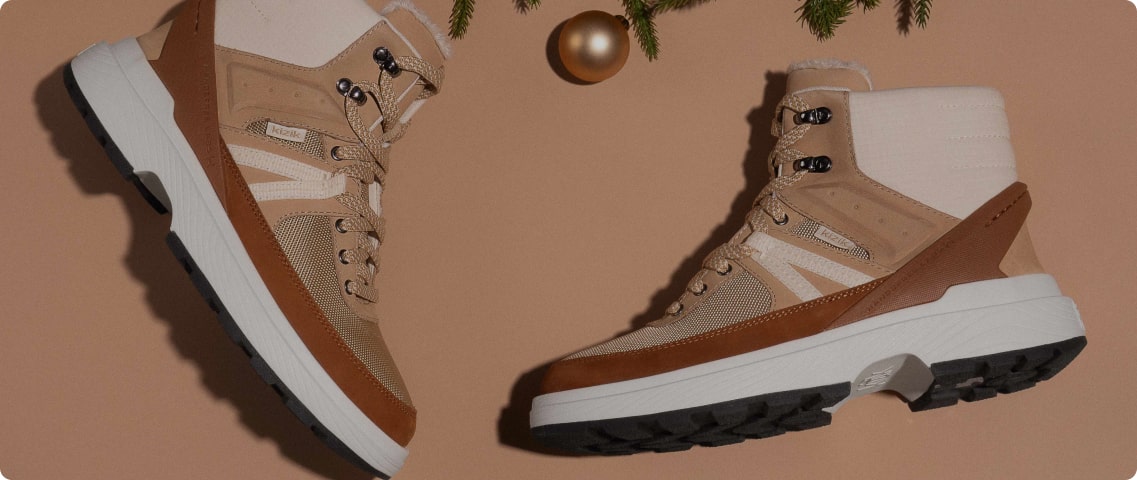
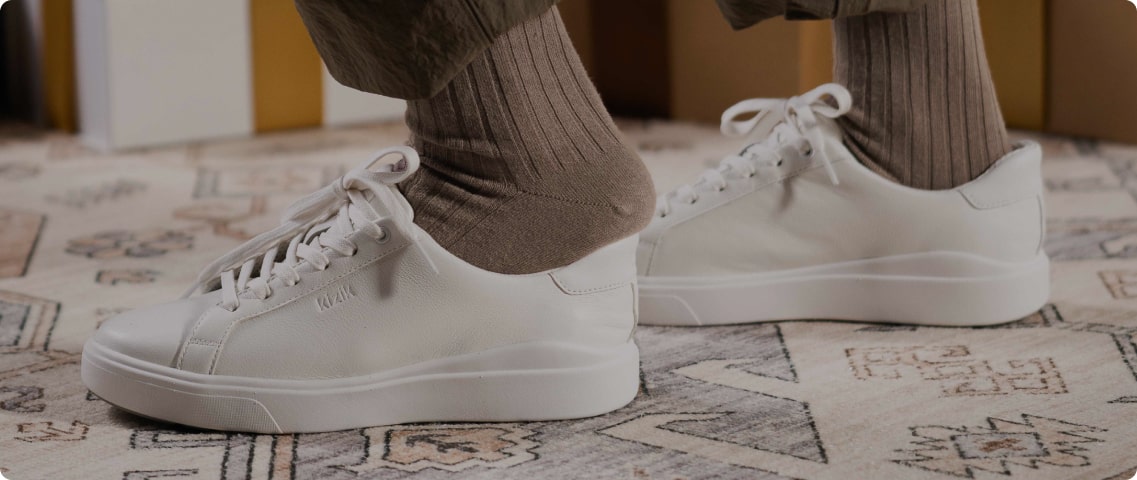
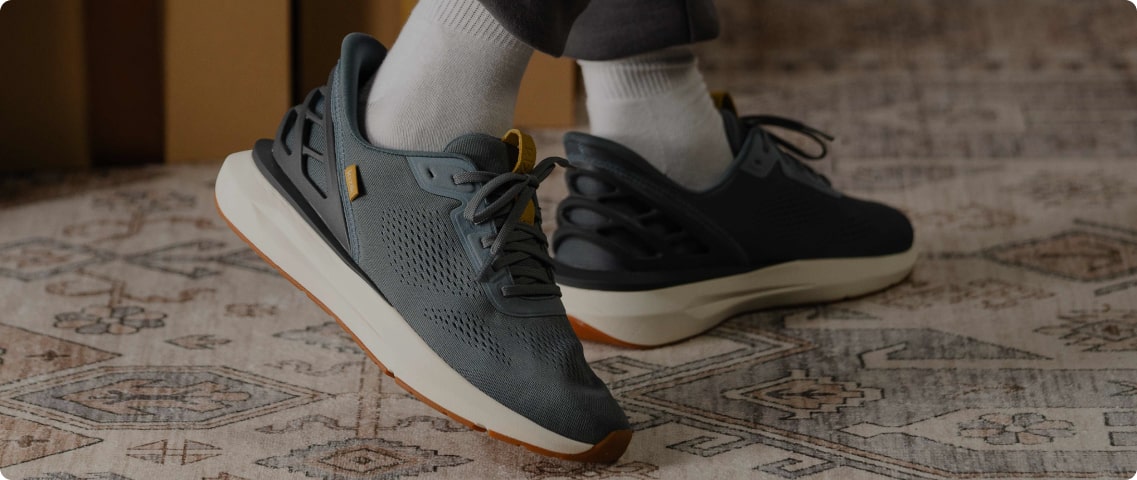


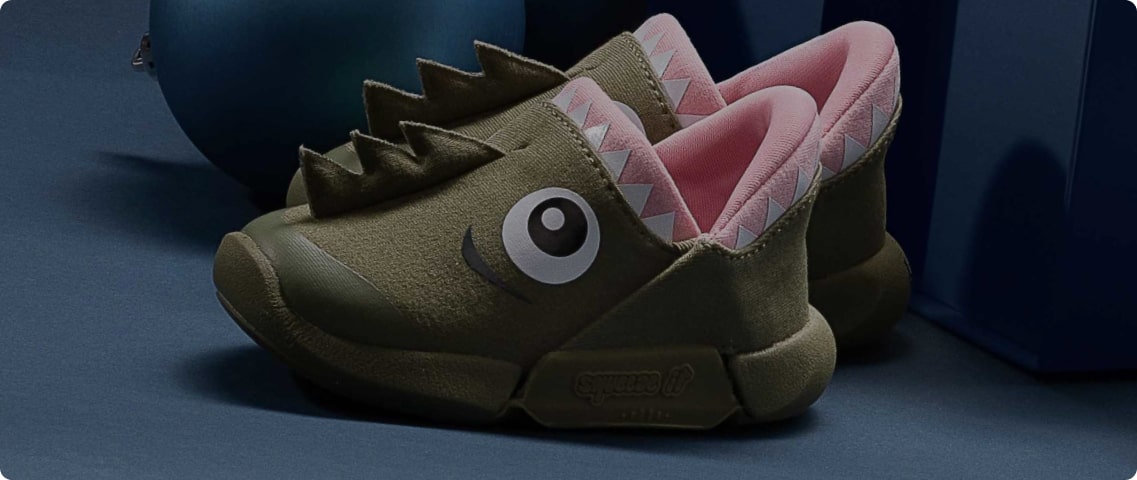
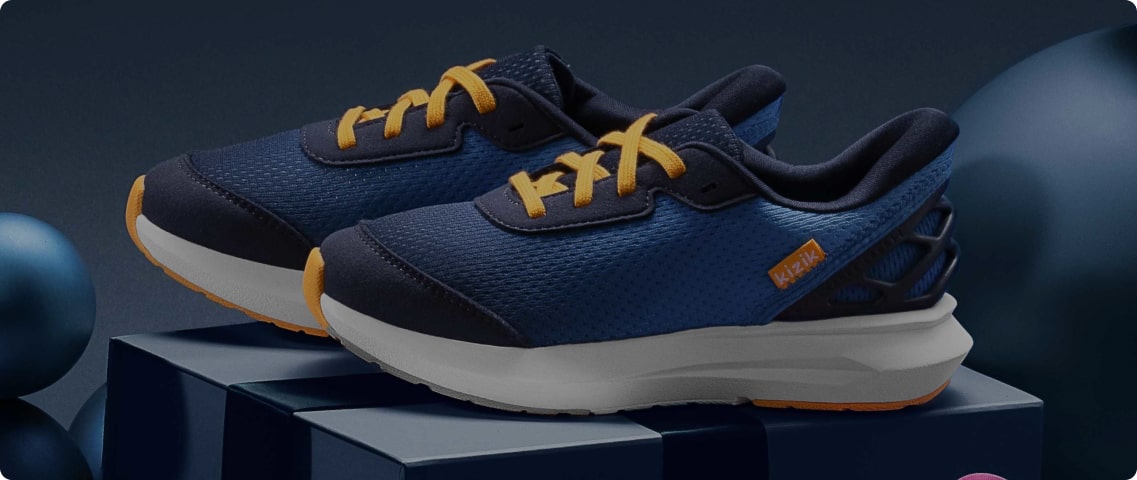
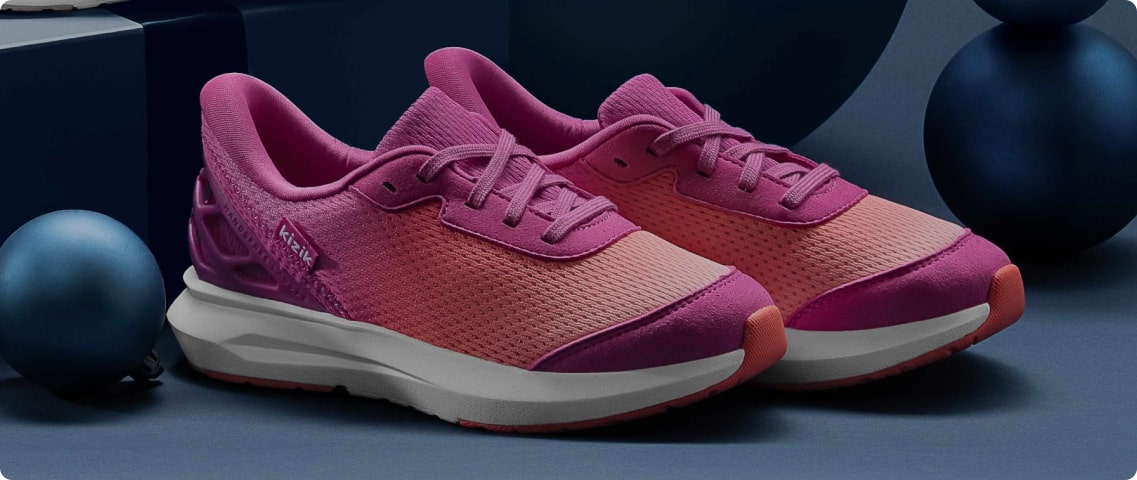

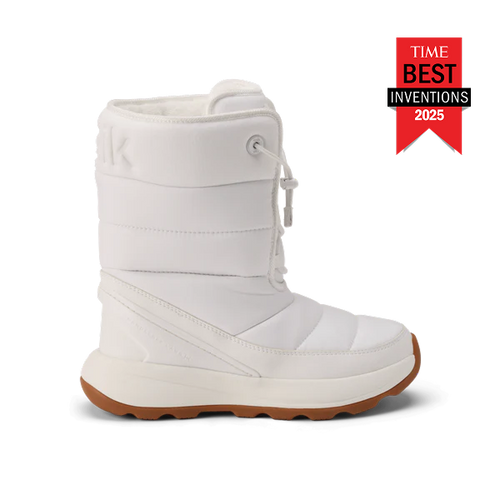


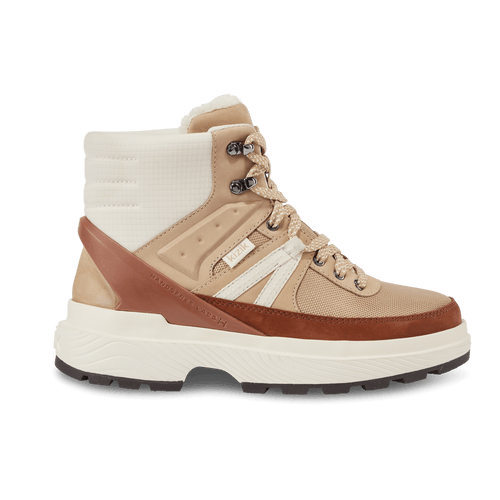
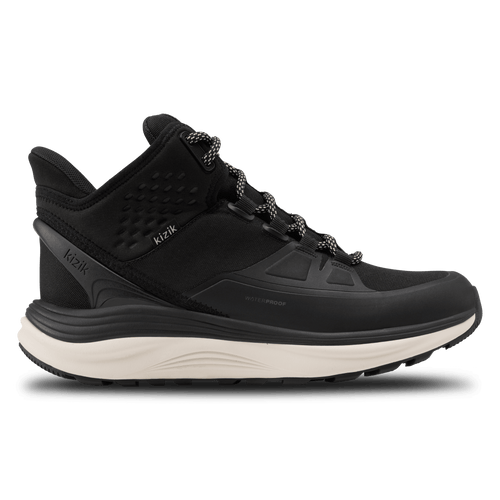








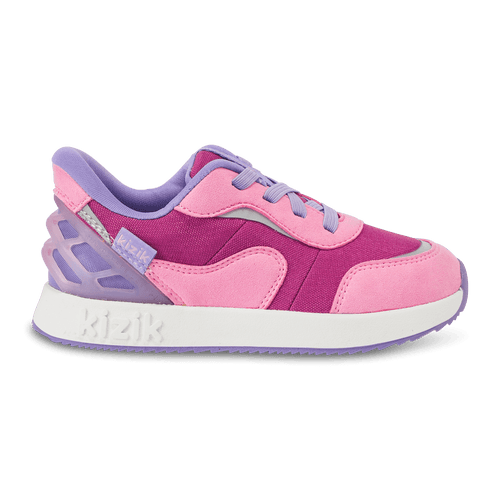




Leave a comment
This site is protected by hCaptcha and the hCaptcha Privacy Policy and Terms of Service apply.